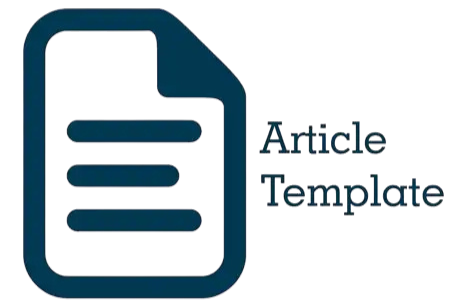Implementasi Metode Fonik dalam Pengenalan Bunyi Bahasa Inggris
DOI:
https://doi.org/10.21580/dms.2017.171.1506Keywords:
Fonik, Penguatan, Metode.Abstract
Each language has a different sound system and syllable structure with varied complexity. English is a language that has complicated spellings and syllables, so it is necessary to learn the pronunciation of English words in terms of phonemes and alphabets. The difficulty for non-native English speakers is the very small vocal movement, except in a careful pronunciation. This article aims at describing the teacher empowerment program with three main designs begins with socialization, training, and guidance to teachers. The main objective of this program is to introduce ways that can be done by English teachers at schools and madrasas in the Sub-Region of Boja, Kendal regency, Central Java, in applying phonics-based teaching method and providing guidance to the teachers during the implementation process.Downloads
References
Chaer, Abdul. 2007. Linguistik Umum. Jakarta: Rineka Cipta
Clark, M.2013. Is there one best method of teaching reading? What is the efidence? Educational Journal. Issue 156: 14-16.
National Reading Panel (NRP). (2004). Teaching children to read: An evidence-based assessment of the scientific research literature on reading and its implications for reading instruction. Washington, DC: National Academy Press.
Phajane, M. H. 2014. Introducing Beginning Reading Using Phonics Approach. Mediterranean Jounal of Social Sciences. 05/10: 477-483 Doi:10.5901/mjss.2014.v5n10p477
Roach, Peter. 1998. English Phonetics and Phonology. Cambridge: Cambridge University Press.
Serna, C.S. 2006. The Role of Phonemic Awareness and Phonics in Beginning Reading. Journal of Adventist Education. April/May
Wlandari, R.O. 2012. Meningkatkan Kemampuan Mengenal Huruf Melalui Metode Fonik Bagi Anak Tunarungu Sedang. E-Jurnal Pendidikan Khusus. I (2): 358-369
Downloads
Published
Issue
Section
License
Copyright
The copyright of the received article shall be assigned to the journal as the publisher of the journal. The intended copyright includes the right to publish the article in various forms (including reprints). The journal maintains the publishing rights to the published articles. Therefore, the author must submit a statement of the Copyright Transfer Agreement.*)
Licensing

This work is licensed under a Creative Commons Attribution-ShareAlike 4.0 International License.
In line with the license, authors are allowed to share and adapt the material. In addition, the material must be given appropriate credit, provided with a link to the license, and indicated if changes were made. If authors remix, transform or build upon the material, authors must distribute their contributions under the same license as the original.
_______
*) Authors whose articles are accepted for publication will receive confirmation via email and send a Copyright Transfer Agreement.









